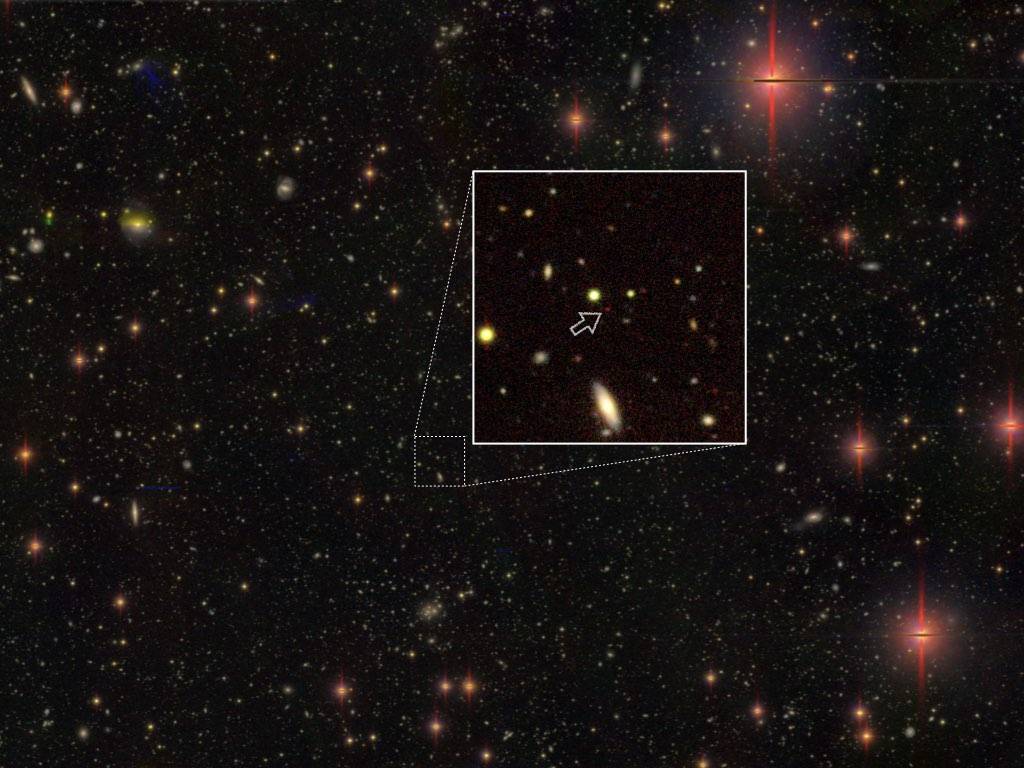
Giant Black Holes at the Edge of the Universe
Astronomers discovered 83 supermassive black holes, which have formed in the early days of the universe. The discovery shows that this type of celestial bodies are more common than we thought at the beginning of time and that our existing cosmological model may change.
The supermassive black holes are found in the centres of the galaxies, and they can be millions, or even billions of times larger than the sun. Although they are widespread at the moment, we do not know when they were first formed and how widespread they were at the dawn of time. Although a black hole itself cannot be seen, when high concentrations of gas and dust are collected around it, the friction of materials radiates and makes it visible, transforming the black hole into a “quasar”, one of the brightest objects in space.
Although the existence of such quasars in the early ages of the universe is already known, scientists were astonished to have found so many of them. The formation of a supermassive black hole takes a very long time, as it requires accumulating material that is millions, even billions of times more massive than the sun. Some of these new supermassive black holes, detected by Japanese, Taiwanese and American astronomers using the Subaru telescope in Hawaii, are more than 13 billion years old. The universe is thought to be around 13.8 billion years old, and the first stars are considered to have appeared after the reionization of neutral hydrogen in the early universe, about 500 million years after the Big Bang. This leaves only a few hundred million years for the formation of quasars.
New findings suggest that there are about one supermassive black hole and a related quasar in each imaginary cube of the universe, which consists of a billion light-years on one side. This new quasar population data will help us learn more about the formation of supermassive black holes in the infancy period of the universe.
REFERENCES
- 1. https://www.sciencedaily.com/releases/2019/03/190313114728.htm
- 2. https://www.livescience.com/65015-83-supermassive-black-holes-discovered.html
- 3. https://www.sciencealert.com/there-shouldn-t-be-supermassive-black-holes-in-the-early-universe-astronomers-have-just-found-83
